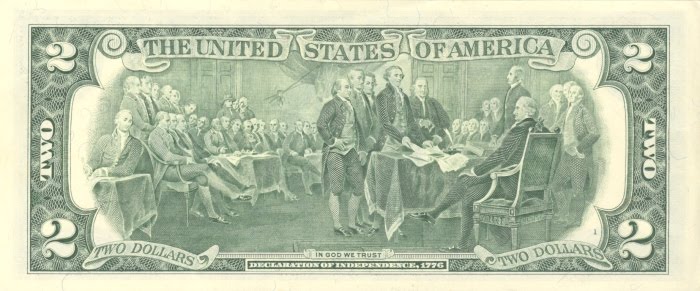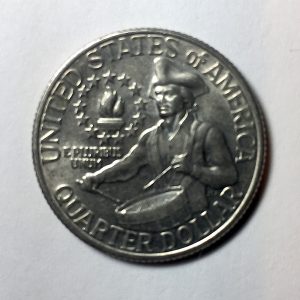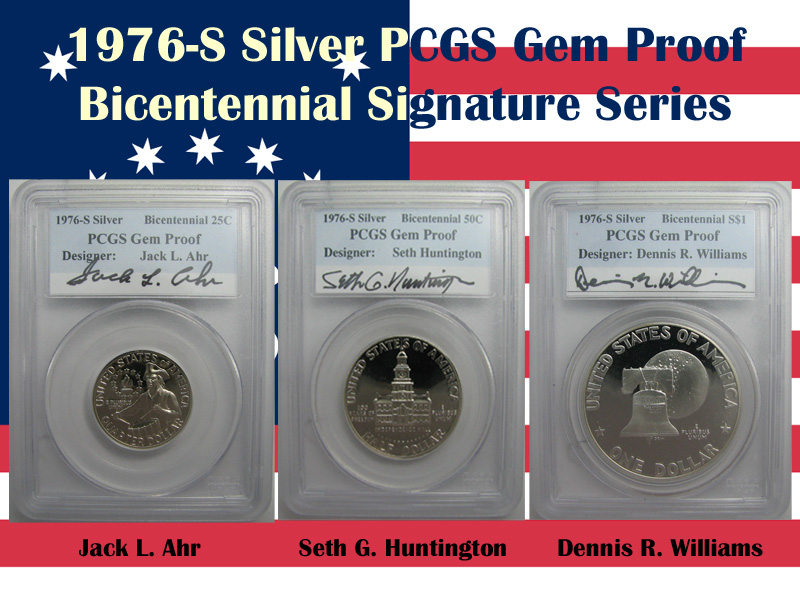After the introduction of the Eisenhower Dollar, the first design change came in 1975 for the bicentennial. In the 1970s, celebrating the bicentennial was a significant event. The planning began in the last 1960s and picked up in 1972. The entire nation planned for a celebration that spread across every community.
The American Revolution Bicentennial Administration logo was everywhere, including the official medals the U.S. Mint produced. But that is not all the U.S. Mint produced as part of the bicentennial celebration.
In 1973, Congress passed the law allowing the U.S. Mint to change the reverse design of the quarter, half-dollar, and dollar coins to honor the bicentennial in 1975 and 1976. The coins will be dated 1776-1976 before they revert to their original designs.
My first introduction to a design change was the Drummer Boy reverse on the Washington Quarter. I liked the design more than the original eagle design on the reverse, and it continues to be one of my favorite designs.
As a collector and a newly minted driver, I saved money from my after-school jobs to purchase uncirculated coins and the sets with the bicentennial coins.
In 2001, there was a reunion of the artists who created the designs. Jack Ahr (quarter), Seth Huntington (half-dollar), and Dennis Williams (dollar) attended the celebration. PCGS had the three artists sign labels inserted into slabs with proof versions of the coins they designed. I was able to pick up a set on the aftermarket.
Because of the hype, and the potential to increase seigniorage, the U.S. Mint overproduced these coins. They also made proof and silver proof sets so plentiful that they remained on sale through 1986. The U.S. Mint ended up melting over 600,000 sets.
Suggested Reading: To learn more about the legislation that created the Bicentennial coinage program, read “14 Bits: The Story of America’s Bicentennial Coinage” by David Ganz (ISBN 978-0914478638).
The Bicentennial celebration was a national event to remember. Nearly every community issued medals. The Bureau of Engraving and Printing joined in and changed the reverse of the $2 Federal Reserve Note to an interpretation of John Trumbull’s Declaration of Independence. The BEP issued the notes on April 13, 1976, and it is possible to find uncirculated notes postmarked on that date. July 4, 1976, is another popular postmark for bicentennial collectibles, especially postmarks from Philadelphia.

Reverse of the Series 1976 $2 Federal Reserve Note features an engraved modified reproduction of the painting The Declaration of Independence by John Trumbull.
Even though the circulating commemorative was generally successful, the concept would not return until the beginning of the 50 State Quarters program in 1999.



